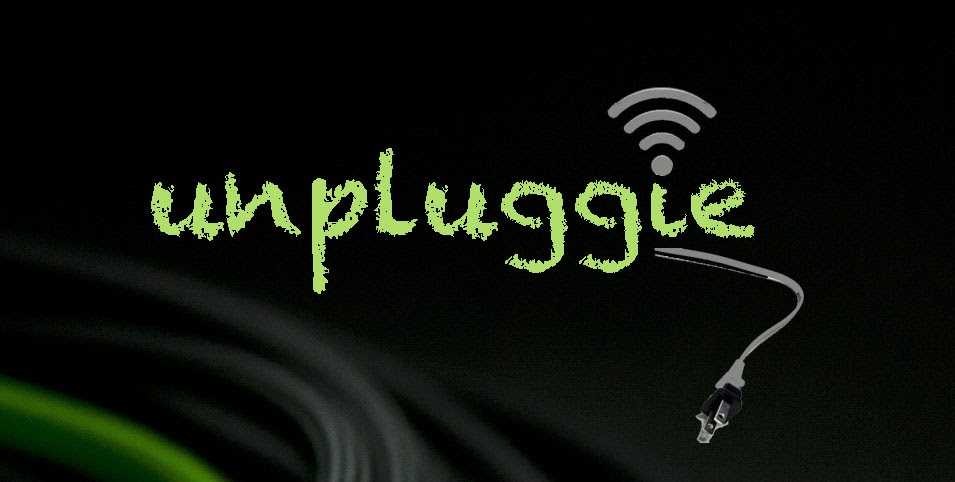Regular activities such as climbing stairs or crossing
a street could represent a major challenge to heart failures patients.
Ventricular assist devices (VAD) are a promising treatment to improve their
life conditions. However, its product design limitations can compromise
patient’s safety. Its dependance to electricity requires to routed a driver
line through the skin percutaneously to connect to an external battery. The
exposure of this chord to external factors could affect patient’s safety and
health.
Witricity and Thoratec VAD are working together to develop a solution to improve this design’s drawbacks by the usage of wireless power. Their main efforts are focused on highly resonance wireless power to recharged battery inside the body. This application of wireless-energy transfer will removed the chords allowing patients to recharge their pumps by sitting in a chair or lying in bed. Best of all, it will reduced risks of acquiring an infection and will bettered normality in their lives.
Past efforts were based on a traditional inductive system. This energy transfer system presents a relevant shortcoming. In order to provide power, it requires a very precise alignment between energy source and device, in this case, the implant. The gap between them should be very small. Not achieving it, will result in longer charging times. In contrast, highly-resonant wireless power, provides power transfer in a flexible orientation and alignment. This derives a higher and more positive expectation towards a definite solution to VAD contributing to a value propostion of enabling higher charge rates.
VAD improvement efforts is just one example of wireless power application in the medical sector. Developers of this technology plan to employ it in other types of medical implants such as neurostimulators, implantable defibrillators and pacemakers, implantable drug-delivery pumps, electronic ophthalmic and cochlear implants, and rechargeable hearing aids.
Witricity and Thoratec VAD are working together to develop a solution to improve this design’s drawbacks by the usage of wireless power. Their main efforts are focused on highly resonance wireless power to recharged battery inside the body. This application of wireless-energy transfer will removed the chords allowing patients to recharge their pumps by sitting in a chair or lying in bed. Best of all, it will reduced risks of acquiring an infection and will bettered normality in their lives.
Past efforts were based on a traditional inductive system. This energy transfer system presents a relevant shortcoming. In order to provide power, it requires a very precise alignment between energy source and device, in this case, the implant. The gap between them should be very small. Not achieving it, will result in longer charging times. In contrast, highly-resonant wireless power, provides power transfer in a flexible orientation and alignment. This derives a higher and more positive expectation towards a definite solution to VAD contributing to a value propostion of enabling higher charge rates.
VAD improvement efforts is just one example of wireless power application in the medical sector. Developers of this technology plan to employ it in other types of medical implants such as neurostimulators, implantable defibrillators and pacemakers, implantable drug-delivery pumps, electronic ophthalmic and cochlear implants, and rechargeable hearing aids.

























.jpg)

